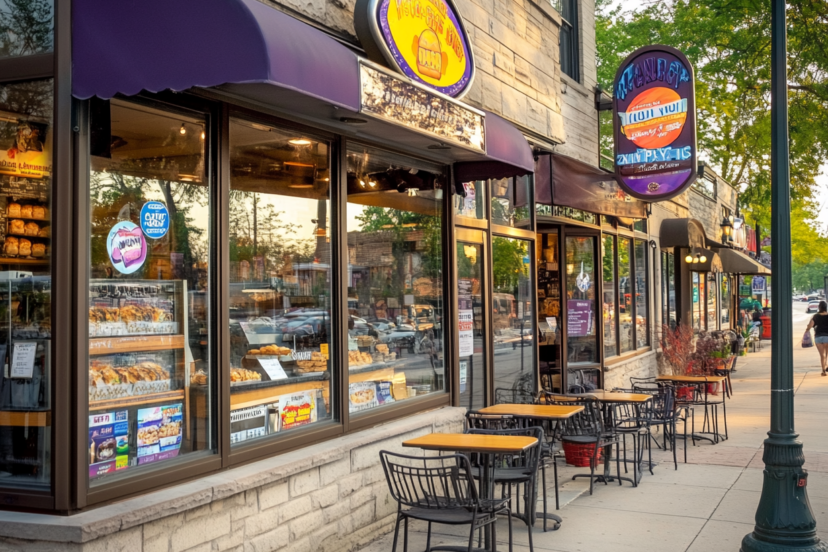How to Start a Sandwich Shop – A Comprehensive Guide
Starting a sandwich shop can be an exciting and rewarding venture, offering a unique opportunity to turn your passion for food into a profitable business. If you’ve ever wondered how to start a sandwich shop, this guide will walk you through the essential steps, from understanding the market landscape to managing daily operations.
Understanding the Sandwich Shop Market
Before diving into the specifics of how to start a sandwich shop, it’s crucial to understand the market landscape.
The Rise of the Fast-Casual Dining Experience
Over the past decade, the fast-casual dining sector has seen significant growth. Customers increasingly seek out quick, high-quality meals without the formality or price of a sit-down restaurant. Sandwich shops fit perfectly into this niche, offering a versatile menu that caters to a wide range of tastes and dietary preferences.
Identifying Your Target Audience
The success of your sandwich shop will depend on understanding your target audience. Are you catering to busy professionals looking for a quick lunch, families seeking affordable meals, or health-conscious consumers who prefer fresh, organic ingredients? Knowing your audience will help shape your menu, pricing, and marketing strategies.
How to Start a Sandwich Shop With a Unique Concept
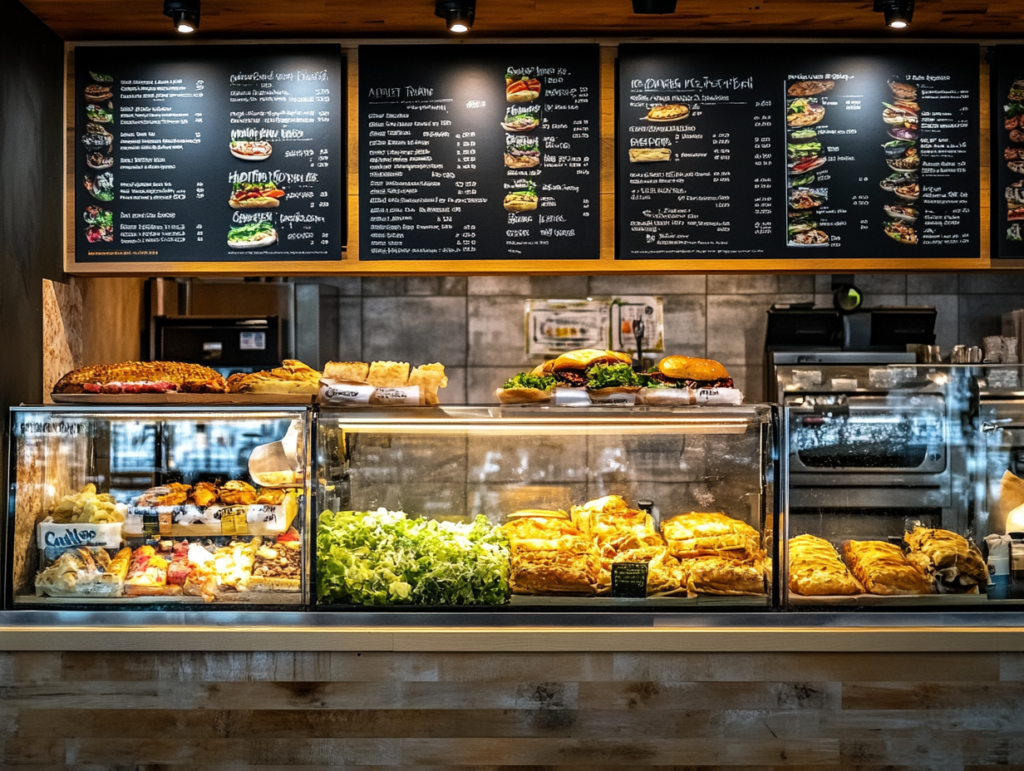
The sandwich market is competitive, so having a unique concept will help you stand out.
Defining Your Niche
What will set your sandwich shop apart from the competition? Perhaps you’ll focus on gourmet sandwiches with artisanal bread and premium ingredients, or maybe you’ll offer a variety of vegan and gluten-free options. Defining a clear niche can attract a loyal customer base and differentiate you from the generic offerings of chain restaurants.
Developing a Signature Menu
Your menu is the heart of your sandwich shop. Create a selection of sandwiches that are not only delicious but also aligned with your concept. Consider offering a mix of classic favorites and unique creations that reflect your culinary style. Don’t forget to include sides, drinks, and desserts that complement your sandwiches.
Menu Ideas:
- Classic Choices: Turkey and avocado on whole grain, Italian sub with prosciutto and mozzarella.
- Unique Creations: Spicy pulled pork with pineapple slaw, roasted veggie wrap with hummus.
- Dietary Options: Vegan BLT, gluten-free chicken salad on lettuce wraps.
Planning Your Sandwich Shop Business
When planning how to start a sandwich shop, conducting thorough market research is vital to your success.
Conducting Market Research
Start by researching your local market. Identify other sandwich shops and fast-casual restaurants in your area. What are their strengths and weaknesses? What can you offer that they don’t? Understanding the local competition and customer preferences will help you position your business effectively.
Choosing the Right Location
Location is critical for a sandwich shop. Look for high-traffic areas such as business districts, college campuses, or shopping centers where people are likely to seek quick, convenient meals. The right location can significantly boost your foot traffic and sales.
Creating a Business Plan
Your business plan should outline your goals, target market, competition analysis, marketing strategy, and financial projections. It will serve as your roadmap and is essential if you need to secure financing. Be sure to include details on your start-up costs, expected revenue, and break-even analysis.
Setting Up Your Sandwich Shop for Success
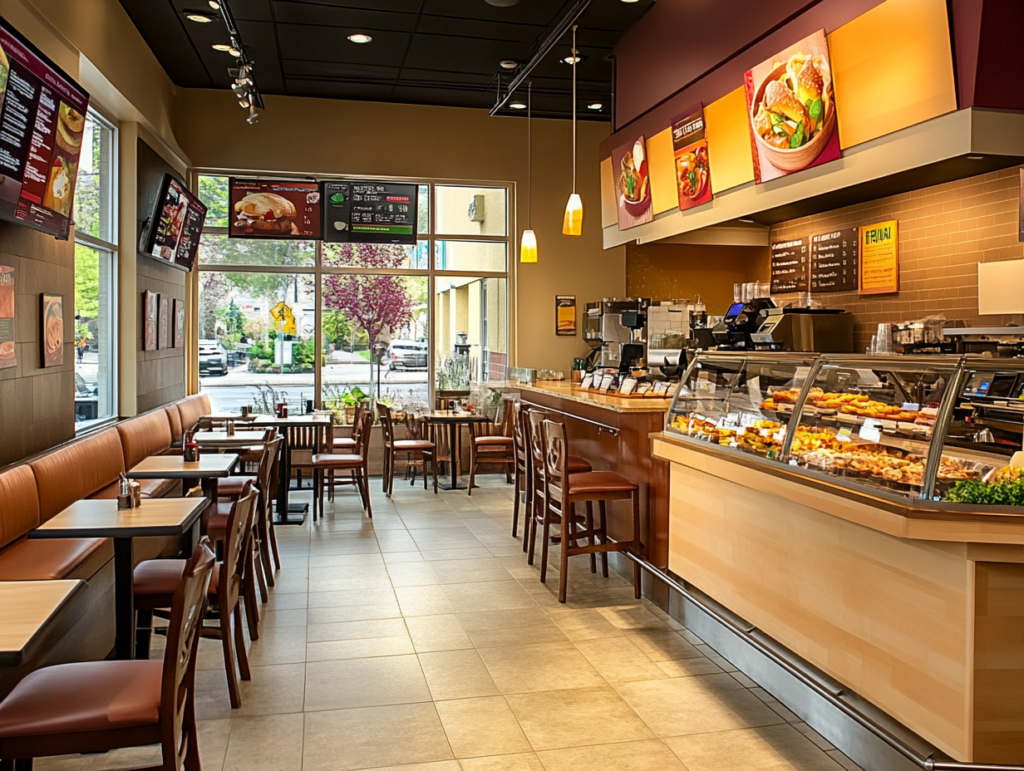
Properly setting up your store is one of the most critical steps in starting a sandwich shop that runs smoothly and efficiently.
Designing Your Space
The design of your sandwich shop should reflect your brand and create an inviting atmosphere for customers. Consider the layout carefully, ensuring a smooth flow from the order counter to the dining area. Comfortable seating, appealing decor, and efficient use of space can enhance the customer experience and encourage repeat visits.
Selecting Equipment
Your equipment choices will depend on your menu. Essential items include sandwich prep tables, refrigerators, ovens or grills, and display cases for pre-made items. Investing in high-quality equipment is crucial for efficiency and food safety.
Basic Equipment List:
- Sandwich prep station with refrigeration
- Commercial ovens or grills
- High-capacity refrigerators and freezers
- Point of sale (POS) system
- Display cases and storage units
Building Supplier Relationships for Your Sandwich Shop
Reliable suppliers are key to maintaining the quality and consistency of your ingredients. Establish relationships with local bakeries, farms, and food distributors who can provide fresh, high-quality ingredients at competitive prices. Consider sourcing locally to support your community and appeal to customers who value sustainability.
Navigating Legal Requirements
Complying with legal requirements is essential to avoid fines and ensure your business runs smoothly.
Licenses and Permits
Operating a sandwich shop requires various licenses and permits, including a business license, food handler’s permit, and health department certification. The specific requirements will vary by location, so check with your local government for the necessary permits.
Health and Safety Standards
Food safety is paramount in the restaurant industry. Ensure your kitchen meets all health and safety regulations, including proper food storage, sanitation, and employee training. Regular inspections by the health department will help maintain compliance.
Business Insurance
Protect your business with the appropriate insurance coverage. General liability insurance, property insurance, and workers’ compensation are essential to protect against accidents, property damage, and employee injuries.
Marketing Your Sandwich Shop
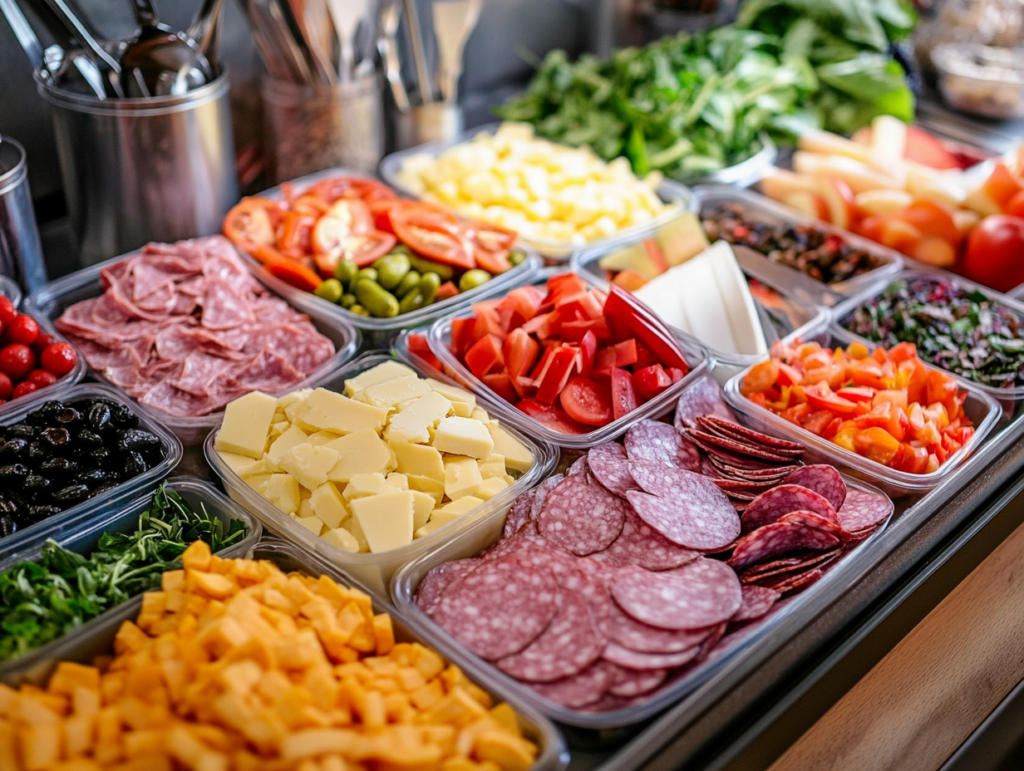
A strong marketing strategy is crucial when learning how to start a sandwich shop that attracts customers and builds a loyal base.
Building a Brand Identity
Your brand identity should reflect your unique concept and appeal to your target audience. This includes your logo, color scheme, packaging, and overall aesthetic. Consistency across all touchpoints—from your storefront to your online presence—will help build brand recognition.
Creating an Online Presence
In today’s digital age, having a strong online presence is crucial. Create a professional website that includes your menu, location, hours, and contact information. Optimize your site for local search to ensure potential customers can find you easily. Don’t forget to set up profiles on social media platforms like Instagram and Facebook to engage with your community and showcase your offerings.
Local Marketing Strategies
Engage with your local community to build a loyal customer base. Offer promotions or discounts during your opening week, participate in local events, or partner with nearby businesses for cross-promotion. Word-of-mouth referrals and positive online reviews can significantly impact your shop’s success.
Managing Daily Operations in Your Sandwich Shop
Running a successful sandwich shop requires efficient management and a focus on customer satisfaction.
Hiring and Training Staff
Your staff will play a crucial role in delivering excellent customer service and maintaining food quality. Hire employees who are passionate about food and customer service. Provide thorough training on your menu, food safety procedures, and the importance of creating a welcoming atmosphere.
Inventory Management
Efficient inventory management is key to minimizing waste and controlling costs. Use a POS system that tracks sales and inventory levels in real-time, helping you reorder supplies as needed and reducing the risk of overstocking or running out of popular items.
Quality Control
Consistency is key to building a loyal customer base. Implement quality control measures to ensure that every sandwich meets your standards. Regularly taste-test your menu items, monitor customer feedback, and make adjustments as necessary to maintain high quality.
Growing Your Sandwich Shop

Once your shop is established, you can explore opportunities for growth.
Expanding Your Menu
As your business grows, consider expanding your menu to include breakfast sandwiches, salads, soups, or seasonal specialties. Regularly updating your offerings can attract new customers and keep your regulars excited about trying something new.
Opening Additional Locations
If your first location is successful, you may consider expanding to additional locations. Start by analyzing the performance of your current shop and identifying other areas with similar demographics and demand. Expanding your business requires careful planning and sufficient capital, so ensure you’re ready for the challenge.
Catering Services
Offering catering services can be a lucrative way to grow your business. Cater to corporate events, parties, and community gatherings by offering platters, boxed lunches, or custom catering packages. This can increase your revenue and introduce your shop to a wider audience.
Conclusion
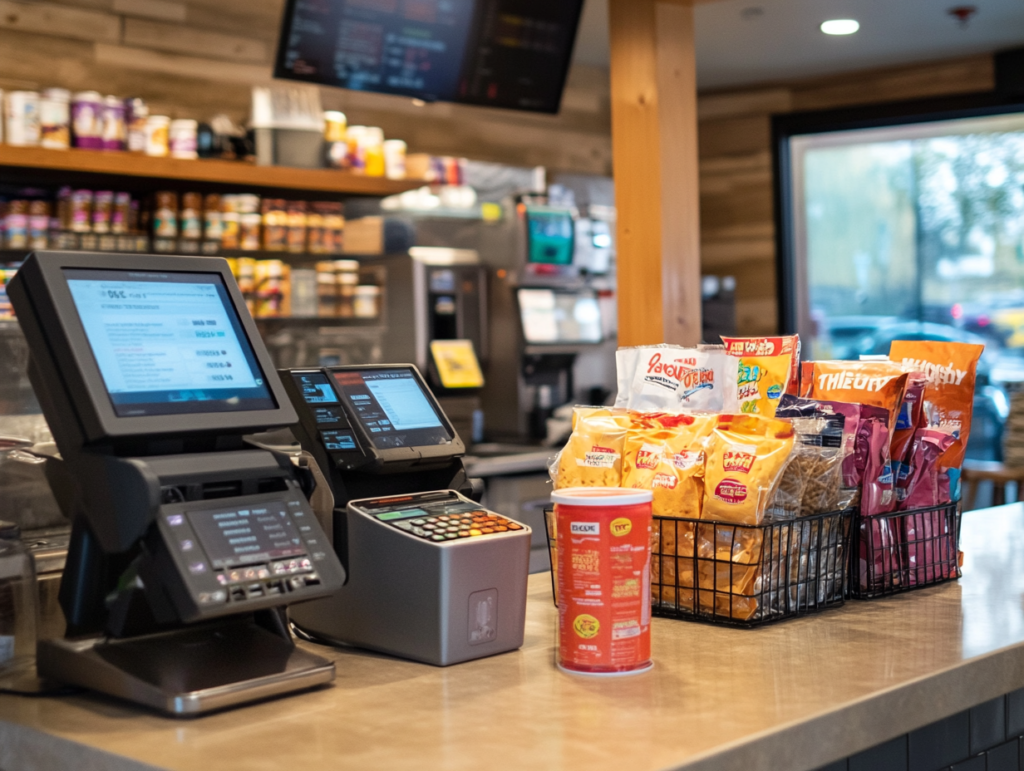
Starting a sandwich shop is a fulfilling venture that combines creativity with the joy of serving your community. By carefully planning your business, crafting a unique menu, and focusing on customer satisfaction, you can build a successful sandwich shop that stands out in a competitive market. Now that you know how to start a sandwich shop, it’s time to take the first step toward turning your vision into a thriving business.
FAQs
How much does it cost to start a sandwich shop?
Starting a sandwich shop typically requires an investment of $50,000 to $150,000, depending on location, size, and the quality of equipment.
Do I need culinary experience to start a sandwich shop?
While culinary experience can be helpful, it’s not required. Passion for food, strong business acumen, and a commitment to quality are key to success.
How can I attract customers to my sandwich shop?
Focus on offering a unique menu, engaging in local marketing efforts, and creating a strong online presence. Word-of-mouth and community engagement are also powerful tools.
What are the most popular sandwich types to include on a menu?
Popular sandwich options include classic turkey and avocado, Italian subs, veggie wraps, and specialty items like pulled pork or gourmet grilled cheese.
Can I start a sandwich shop from a food truck before moving to a permanent location?
Yes, starting with a food truck can be a cost-effective way to build a customer base and test your menu before investing in a permanent location.

